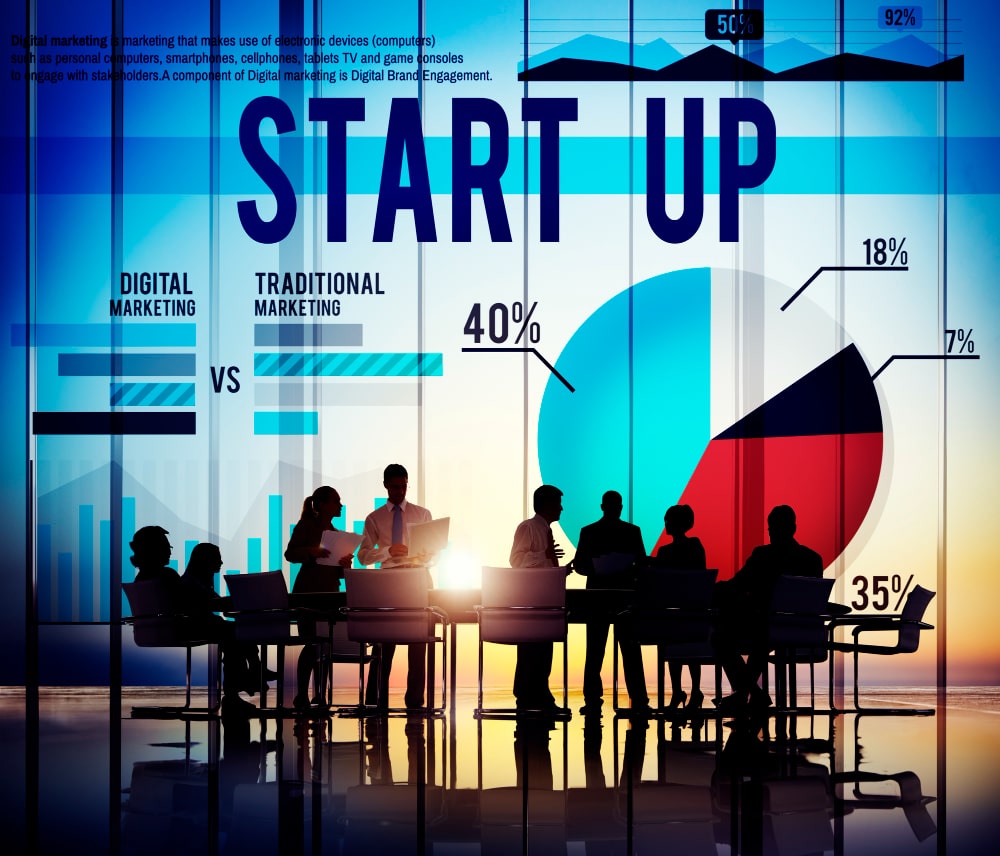Fundraising Strategies for Startups 2024 - Learn Now!
Fifty million startups are established every year worldwide. The United States is home to 77,927 startups. These startups need funds to grow their business, expand their reach, and develop new products. Fundraising can help startups to attain these necessary funds.
Fundraising is the process of seeking funds from investors in exchange for equity. These funds can be used for product development, talent acquisition, expansion, research, and growth. Each startup goes through 4 funding rounds.
What are the funding rounds of a startup?
Funding rounds in a startup refer to the stages during which startups seek funding from investors. Each funding round is based on a startup’s development and maturity phase. The startup’s valuation can change with each round, reflecting its growth, achievements, market potential, and risks.
In this blog, we will discuss the funding stages involved in the fundraising process for a startup.

Fundraising Stages for Startups
Here are the 4 fundraising stages for startups.
Pre-Seed Funding
This funding stage is the initial phase of a startup’s funding journey. Pre-seed funding usually comes from the founder. It is used for initial hiring and creating a minimum viable product (MVP).
An MVP is the development of a product that can be released in the market for feedback, which can be used to make informed decisions in final development. MVP helps in attracting investors for future funding stages.
Seed Funding
Seed funding is the first round of equity-based funding for startups. This is similar to the pre-seed funding round in terms of purpose. The funds gathered in this round can be used for developing product and go-to-market strategy.
Series A
In this funding stage, startups should have a product in the market or consistent revenue flow. Typically, the amount of money raised in this funding round ranges from 1 to 15 million dollars. The amount raised considers the current and future value of the company. The valuation from the first round also comes into play.
Series B
Series B round is for established companies with a proven track record with existing user base or customers and solid revenue numbers. Companies use these funds to expand their reach, operations, and customer base and enter new markets.
Series C
Series C is the funding round for startups looking for the final push of investments before going IPO (Initial Public Offering). Companies can even go for more funding rounds, e.g., D and E, before going IPO.
Initial Public Offering
Initial public offering (IPO) is the process of offering company shares to the public. People can invest in the company by buying any number of company shares.
Types of Fundraising for Startups
Fundraising can be done through multiple sources. Usually, a startup’s initial funds come from the founder’s savings. Here are the key six sources a startup can raise funds from:
Bootstrapping: Using personal finances to fund the company. This helps to avoid the dilution of shares and ownership of the company.
Friends and Family: Asking friends and family for the funding. This can be risky for personal relations.
Angel Investors: These are wealthy individuals who invest in companies for convertible debt or ownership equity.
Venture Capital Firms: These professional groups handle large sums of funds from various investors. They invest these funds into growing startups.
Crowdfunding: Crowdfunding platforms can gather small amounts of investment from many people.
Now you know the fundraising stages for startups, you can be better prepared to raise funds for your startup.
